'One of England's most treasured and historic buildings' in North Yorkshire is up for sale for the first time in nearly 100 years
Sitting within 100 acres of parkland and grounds, Gilling Castle cuts a stoic figure among the Howardian Hills landscape. Penny Churchill takes a look at the fascinating building and its history.
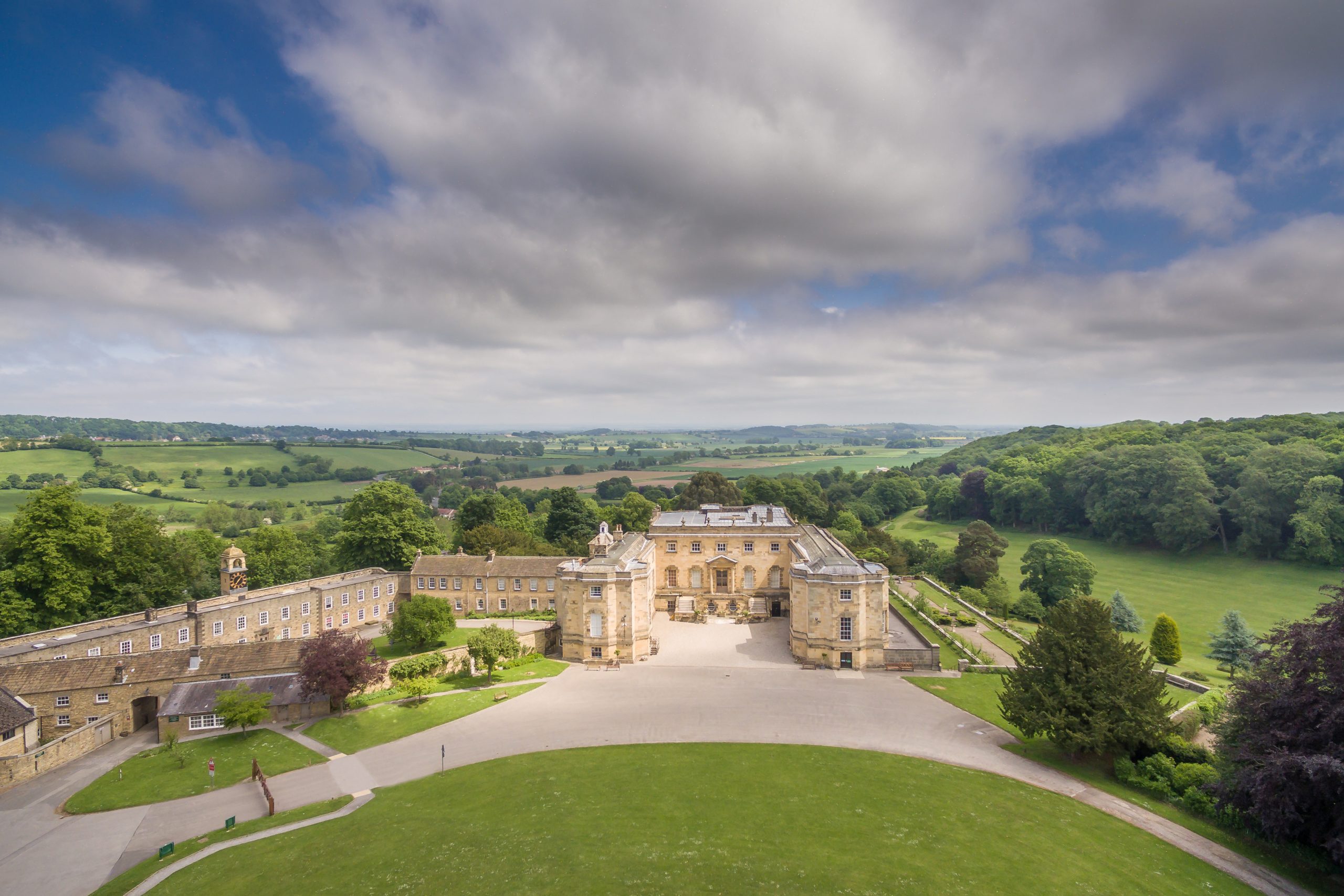

Such has been the response from interested parties to the relaunch onto the market of Grade I-listed Gilling Castle at East Gilling in the Howardian Hills AONB, 19 miles north of York, that selling agent Edward Stoyle has been more or less camping out at the former prep school to Ampleforth College for the past several weeks.
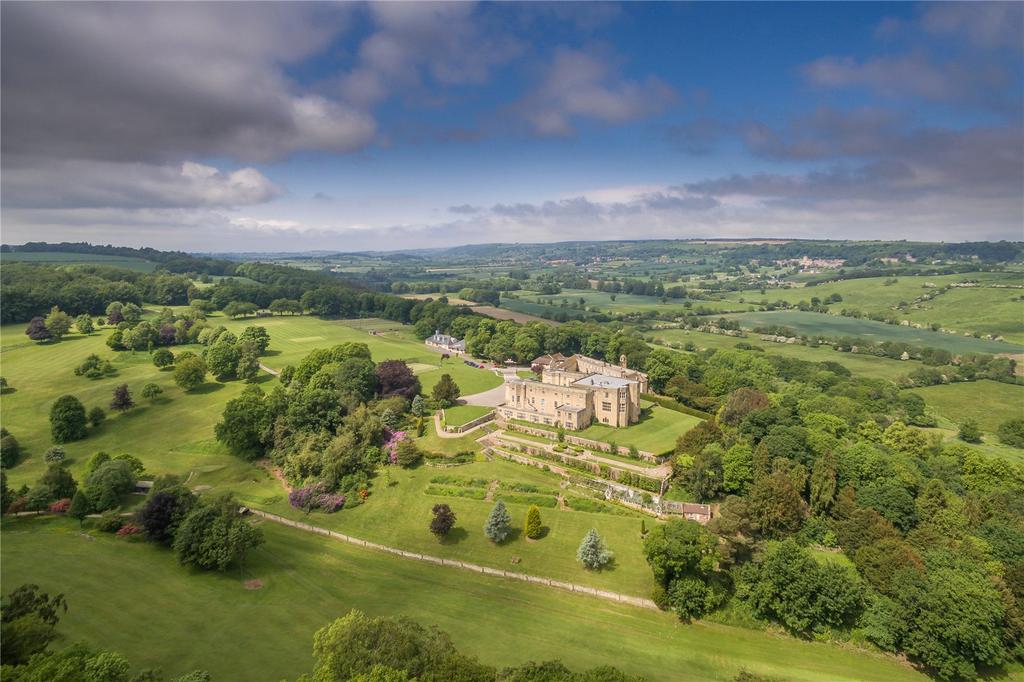
Having failed to find a buyer when last offered for sale in 2018, the historic, mainly Georgian country house is now being offered with its surrounding almost 100 acres of gardens, farmland, woodland and golf-course, at a guide price of £3.75 million for the whole—a proposition that has elicited a raft of enquiries, not only from the UK, but from as far afield as the Middle East, South Africa and the US.
The sale is being handled by Lindsay Cuthill of Savills Country Department and Mr Stoyle in York.
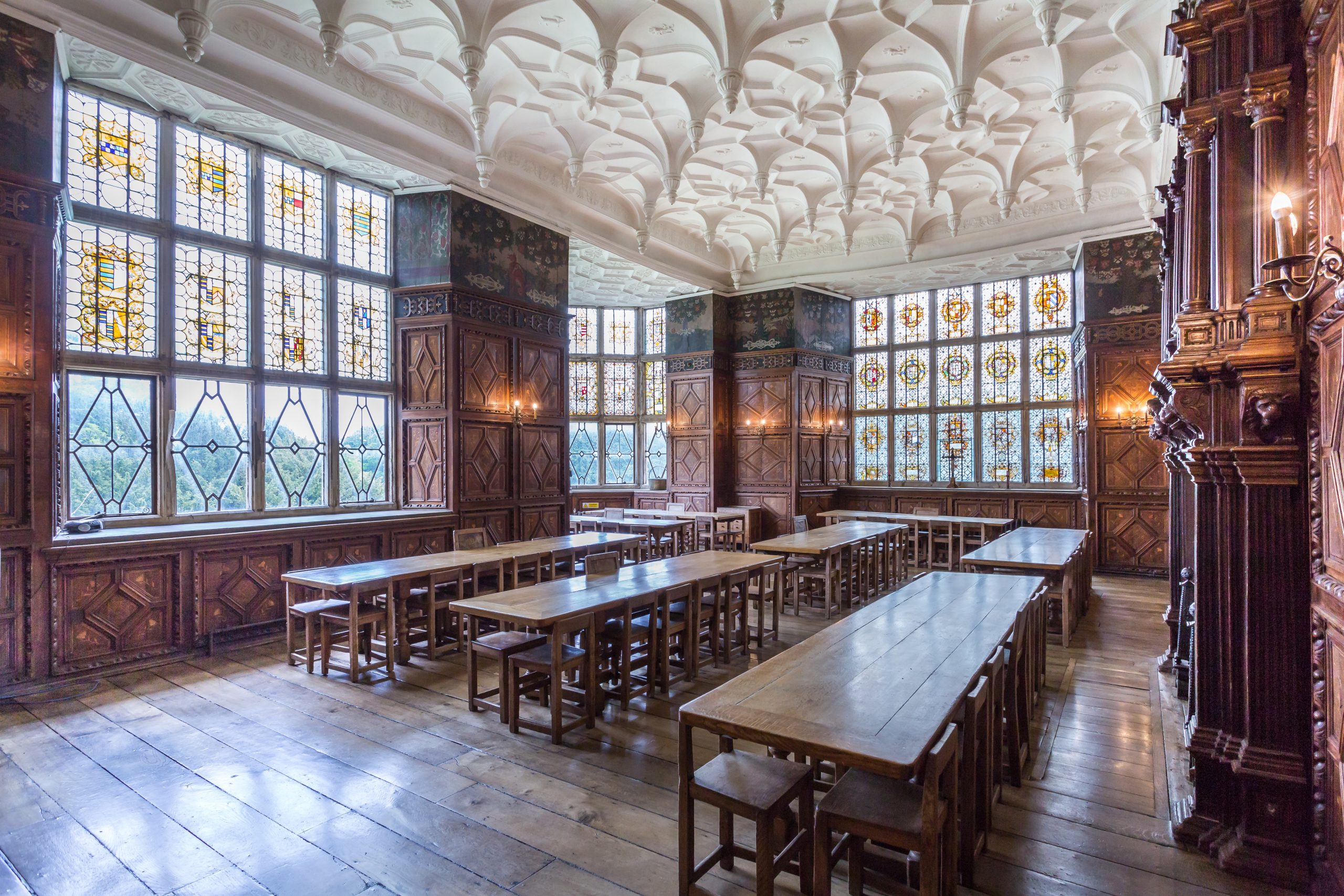
Country Life’s Architectural Editor, John Goodall, once a pupil at Gilling, sets the scene in his introduction to the first of two articles published in December 2020, in which he traces the intriguing history of the medieval castle:
‘Gilling Castle does not obviously declare either its depth of history or its exceptional interest. It stands at the point of a steep-sided ridge overlooking the Vale of Pickering yet the main front today decisively turns its back on the view and masks the architectural complexity of the building.
To the modern visitor, therefore, who approaches up a densely wooded bank from the village beneath, the impression is not of a castle commanding its surrounds—a relationship only apparent from a distance—but of a large, coherent Georgian country house enclosed by trees.’
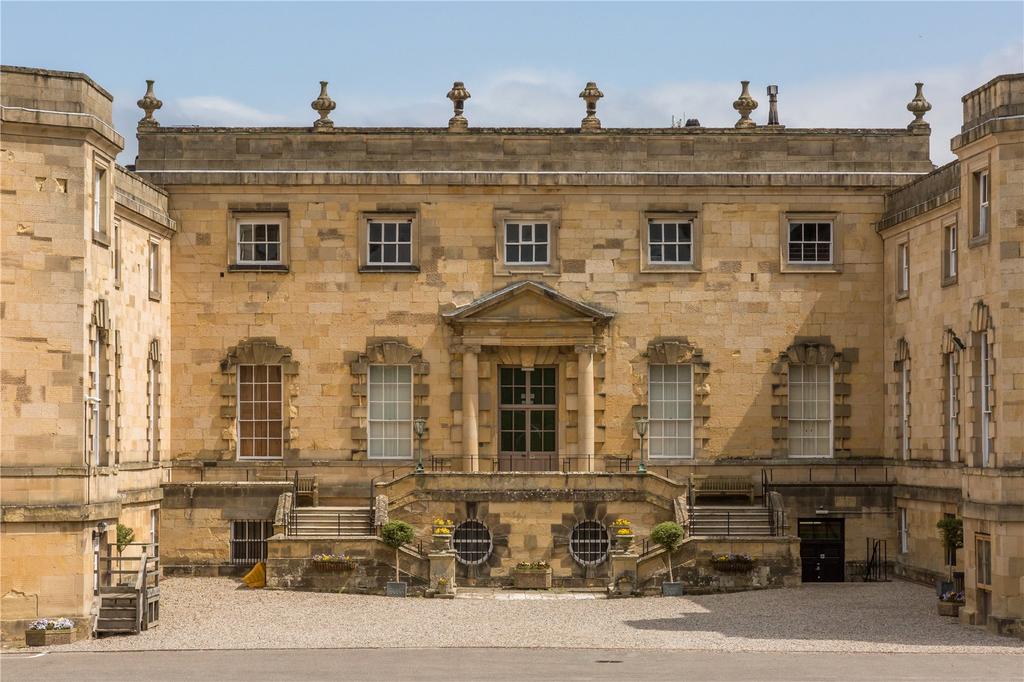
Originally the home of the Etton family, who appeared there at the end of the 12th century, the fortified manor house, the basement of which still forms the core of the present building, was built by Thomas de Etton in the latter half of the 14th century.
Sign up for the Country Life Newsletter
Exquisite houses, the beauty of Nature, and how to get the most from your life, straight to your inbox.
In 1349, the year following the outbreak of the Black Death, Thomas’s father had settled the manor of Gilling on his wife’s family, the Fairfaxes, in the event of the failure of the Ettons to produce a male heir: thus Thomas Fairfax was able to claim the property in 1492.
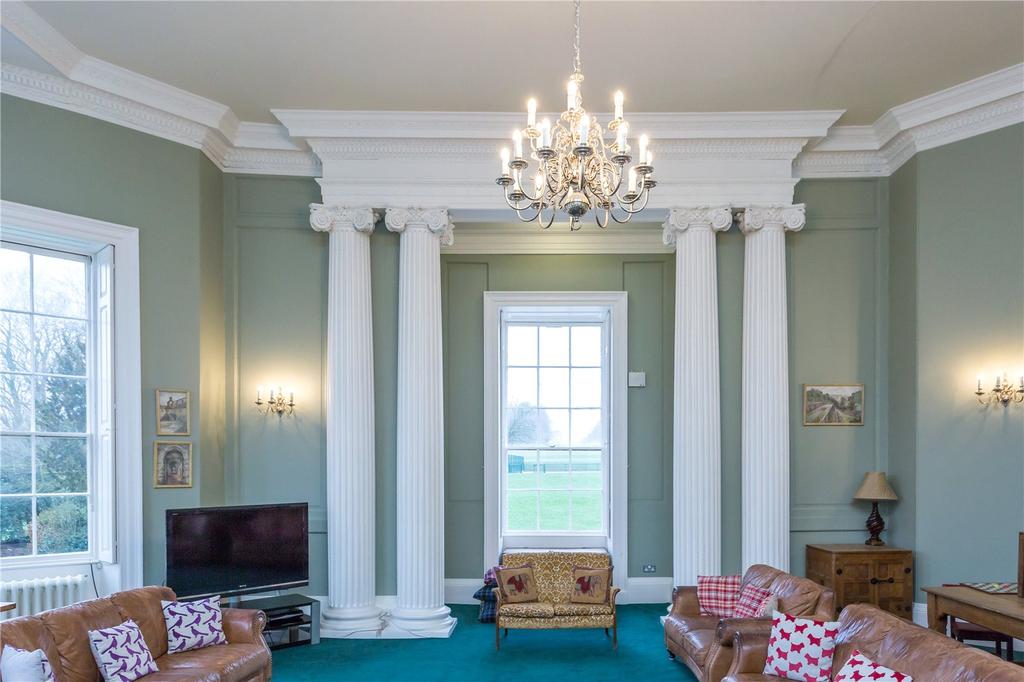
Fairfax’s great grandson, Sir William Fairfax, who inherited the estate in 1571, undertook the remodelling of the old 14th-century house. Building on top of the medieval walls and leaving the ground floor intact, he reconstructed the first and second floors and created the magnificent Great Chamber, the principal room of the house, completed in 1585.
A remarkable example of the richness and elaborate quality of a late-Elizabethan interior, it was to survive, almost unaltered, the early-18th-century remodelling of the interior by Viscount Fairfax of Emley, who also added the wings enclosing the front court.
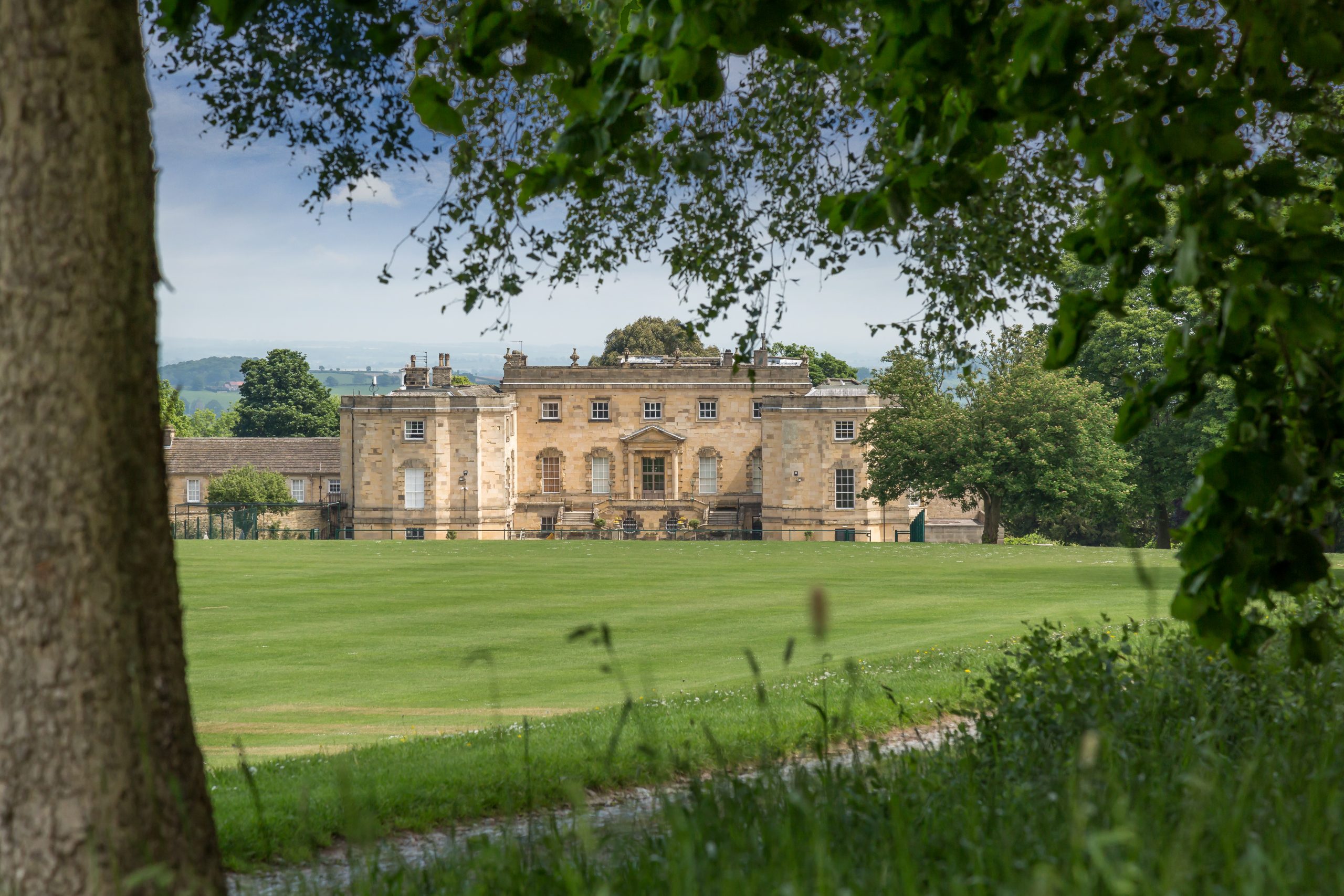
This branch of the Fairfax family died out on the death of Mrs Barnes (Lavinia Fairfax) in 1885, after which Gilling Castle passed through several hands before being acquired by Ampleforth Abbey in 1929. An interesting footnote to the sale was the vendor’s decision to offer the historic interior of the Great Chamber for sale separately from that of the rest of the castle.
Dr Goodall relates how, in 1930, American publishing tycoon William Randolph Hearst paid an ‘astonishing’ £23,000 for it (reputedly twice the price paid for Gilling Castle by the Ampleforth trustees), whereupon ‘the entire room, apart from the ceiling, was hurriedly stripped out and packed up… In the event, the packing cases got no further than London. There they survived the Blitz, but following Hearst’s death in 1951, were purchased unopened from his executors by Malletts’.
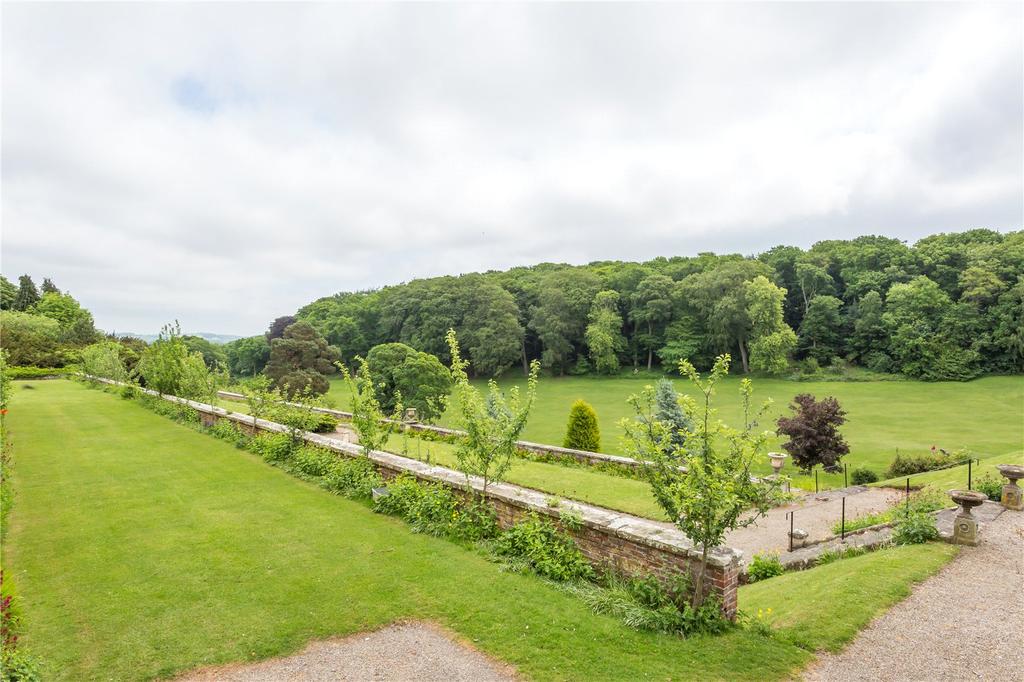
A campaign initiated by the Abbot of Ampleforth to raise funds for the purchase of the historic fittings was successful and the start of the 1953 school year saw the Great Chamber, by then used as a refectory, restored to its original splendour.
The school relocated in 2018, since when its buildings have been carefully maintained and used occasionally for summer schools and other events. Gilling Castle, listed Grade I, is an architecturally important building, with the entrance hall, dining room, long gallery and chapel of particular note. The former clock tower and stables—now dormitories and classrooms—are listed Grade II, as are the stone gate piers.
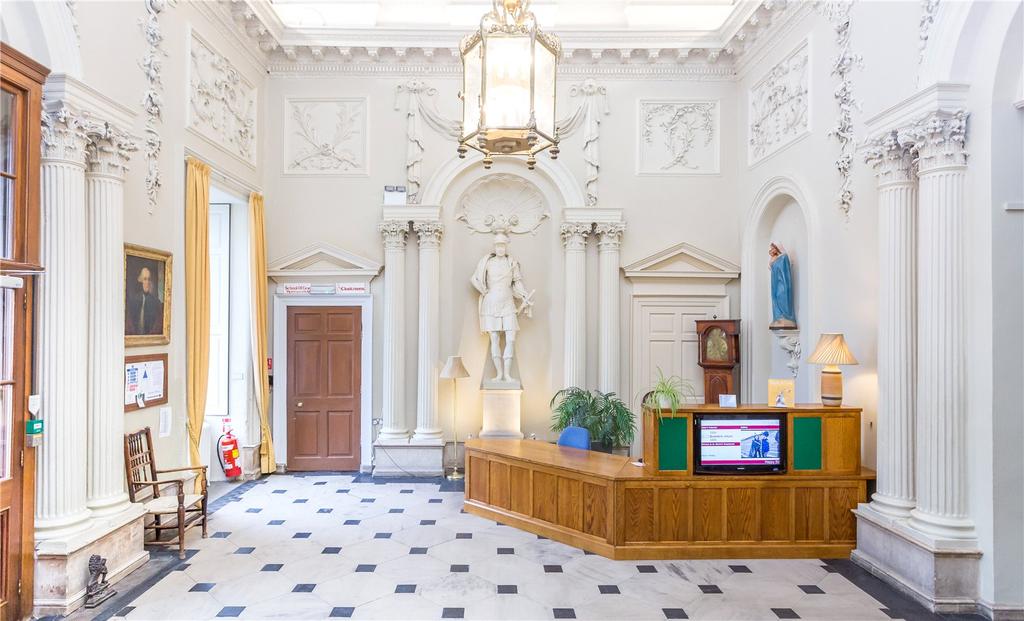
The castle and its immediate environs, including amenity woodland, playing fields and gardens, total some 30 acres, with the nine-hole golf-course, part of the avenue and the rookery adding a further 70 acres or thereabouts. The estate is being sold with vacant possession on completion, with the exception of the golf course, which is let on lease until 2030.
Although it’s too early to say what the future holds for Gilling Castle, it appears that prospective purchasers are already studying the viability of a number of schemes that could see the estate sold for a future as either as a country hotel, wedding venue, country club or even a grand private country estate in the heart of one of North Yorkshire’s most picturesque landscapes.
Gilling Castle is currently on the market via Savills with a guide price of £3.75 million — see more pictures or enquire with the agent for further details.
Gilling East: What you need to know
Location: In the Howardian Hills AONB, about 19 miles north of York.
Atmosphere: The pretty village is home to traditional stone houses and a well-regarded pub and restaurant, The Fairfax Arms.
Things to do: The historic city of York offers plenty of historic and cultural attractions, including Clifford's Tower, National Trust gardens, York Castle Museum and its magnificent Cathedral, York Minster. The towns of Helmsley and Thirsk are also just a few miles away, offering an array of shops and restaurants. The Howardian Hills AONB and North York Moors National Park are on the doorstep, with plenty of scenic walking, cycling and riding routes to enjoy.
Schools: Some good options in the area with Ampleforth College, St Benedict's Catholic Primary School and St Hilda's Ampleforth Church of England Voluntary Controlled Primary School.
See more property for sale in the area.

Credit: Strutt and Parker
Best country houses for sale this week
An irresistible West Country cottage and a magnificent Cumbrian country house make our pick of the finest country houses for
-
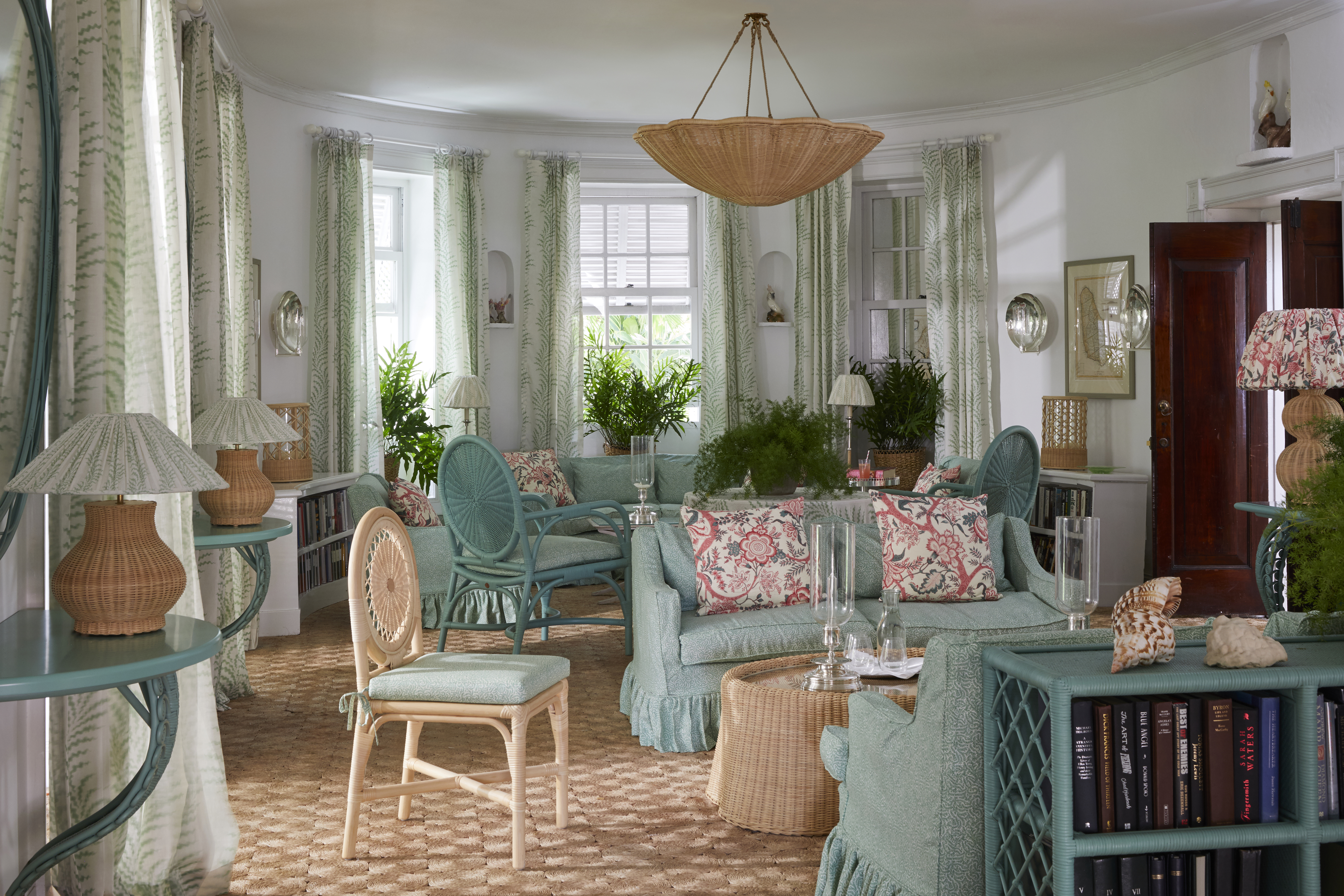 Why British designers dream up the most desirable hotels
Why British designers dream up the most desirable hotelsWhen it comes to hotel design, the Brits do it best, says Giles Kime.
By Giles Kime Published
-
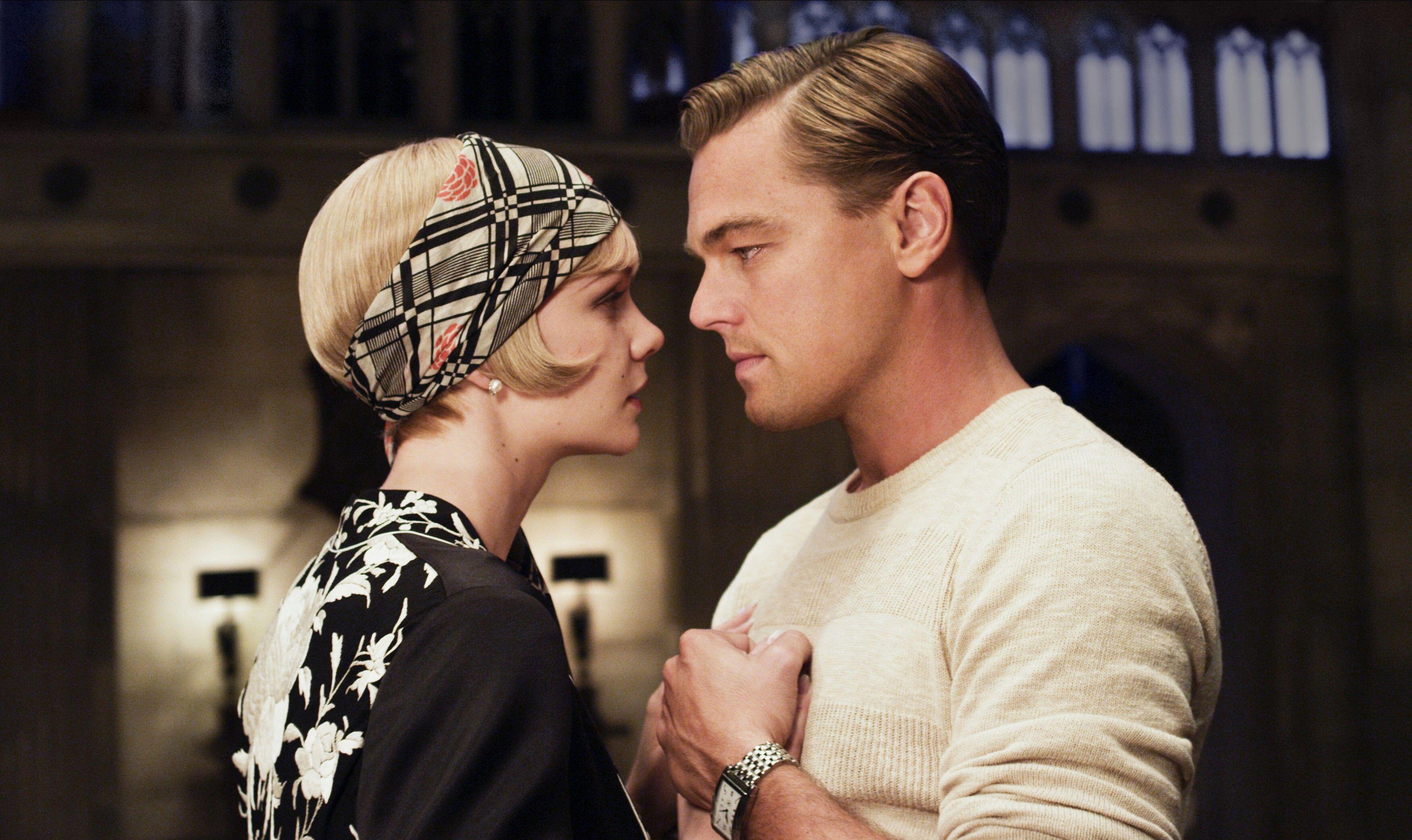 The five minute guide to 'The Great Gatsby', a century on from its publication
The five minute guide to 'The Great Gatsby', a century on from its publication'The Great Gatsby' sold poorly the year it was published, but, in the following century, it went on to become a cornerstone of world literature.
By Carla Passino Published
-
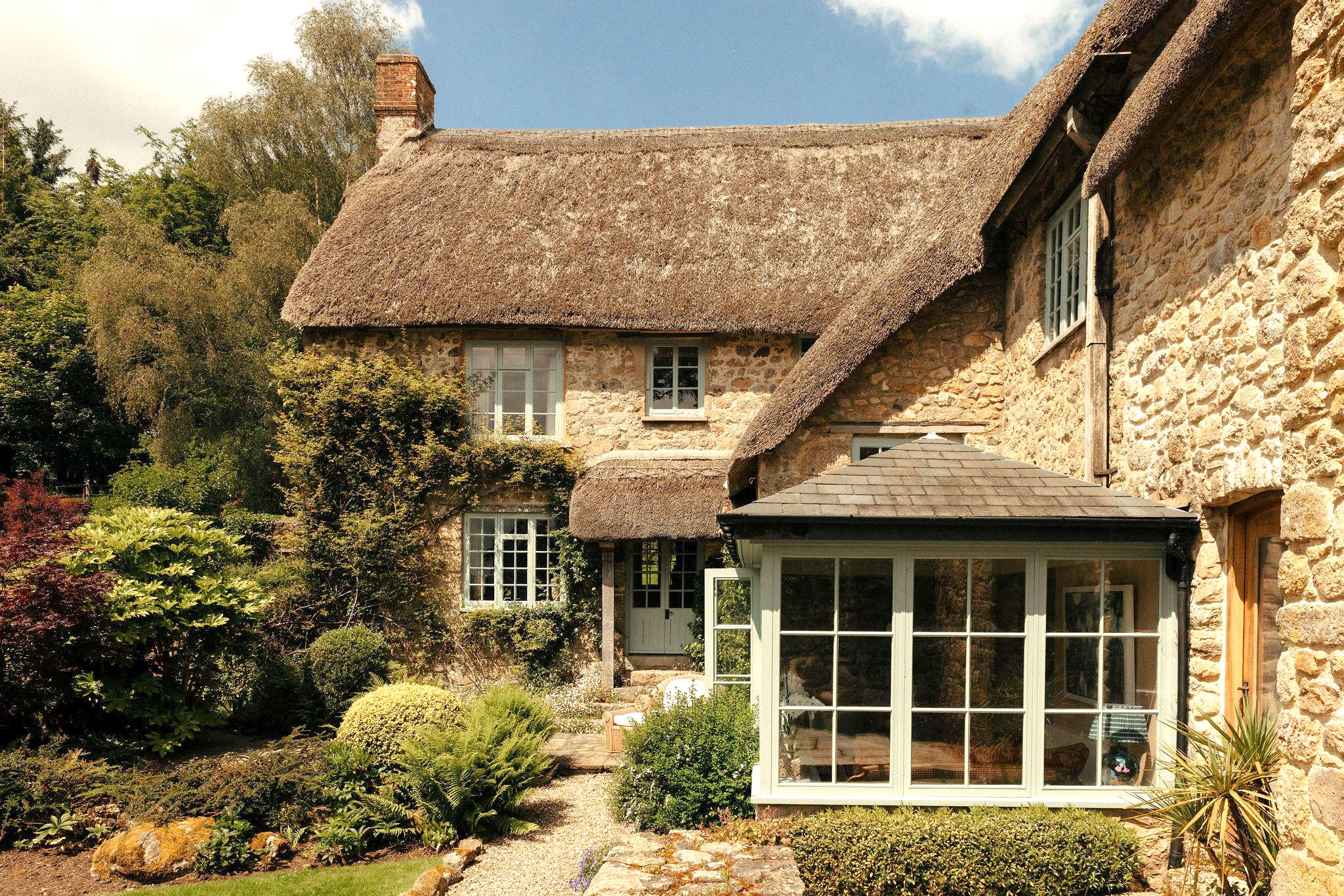 Five beautiful homes, from a barn conversion to an island treasure, as seen in Country Life
Five beautiful homes, from a barn conversion to an island treasure, as seen in Country LifeOur pick of the best homes to come to the market via Country Life in recent days include a wonderful thatched home in Devon and a charming red-brick house with gardens that run down to the water's edge.
By Toby Keel Published
-
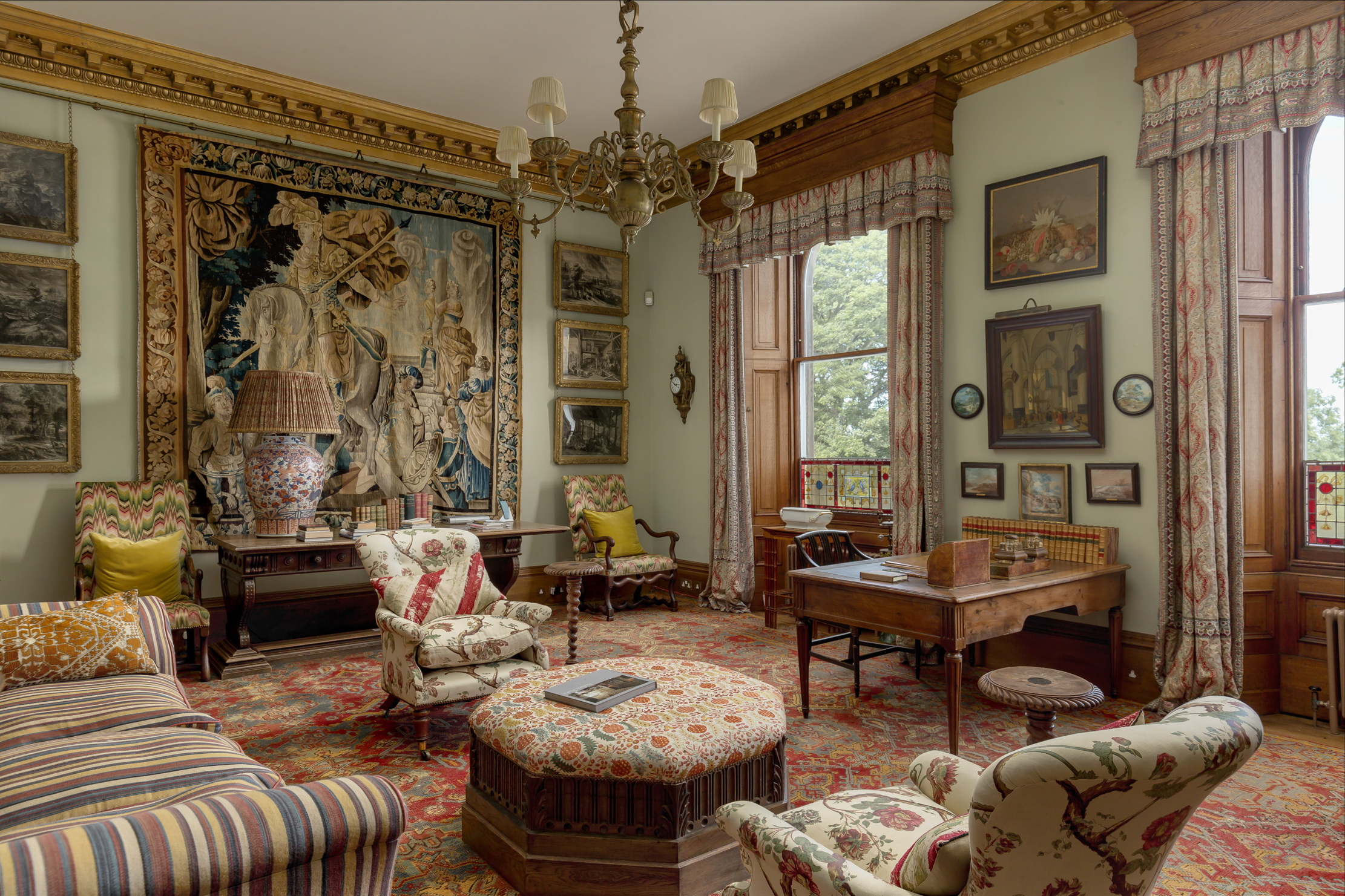 The finest interiors in Edinburgh? A seven-bedroom townhouse furnished by Robert Kime comes to market
The finest interiors in Edinburgh? A seven-bedroom townhouse furnished by Robert Kime comes to marketSituated on one of the New Town's grandest terraces, this four-storey property is a collector's dream.
By James Fisher Published
-
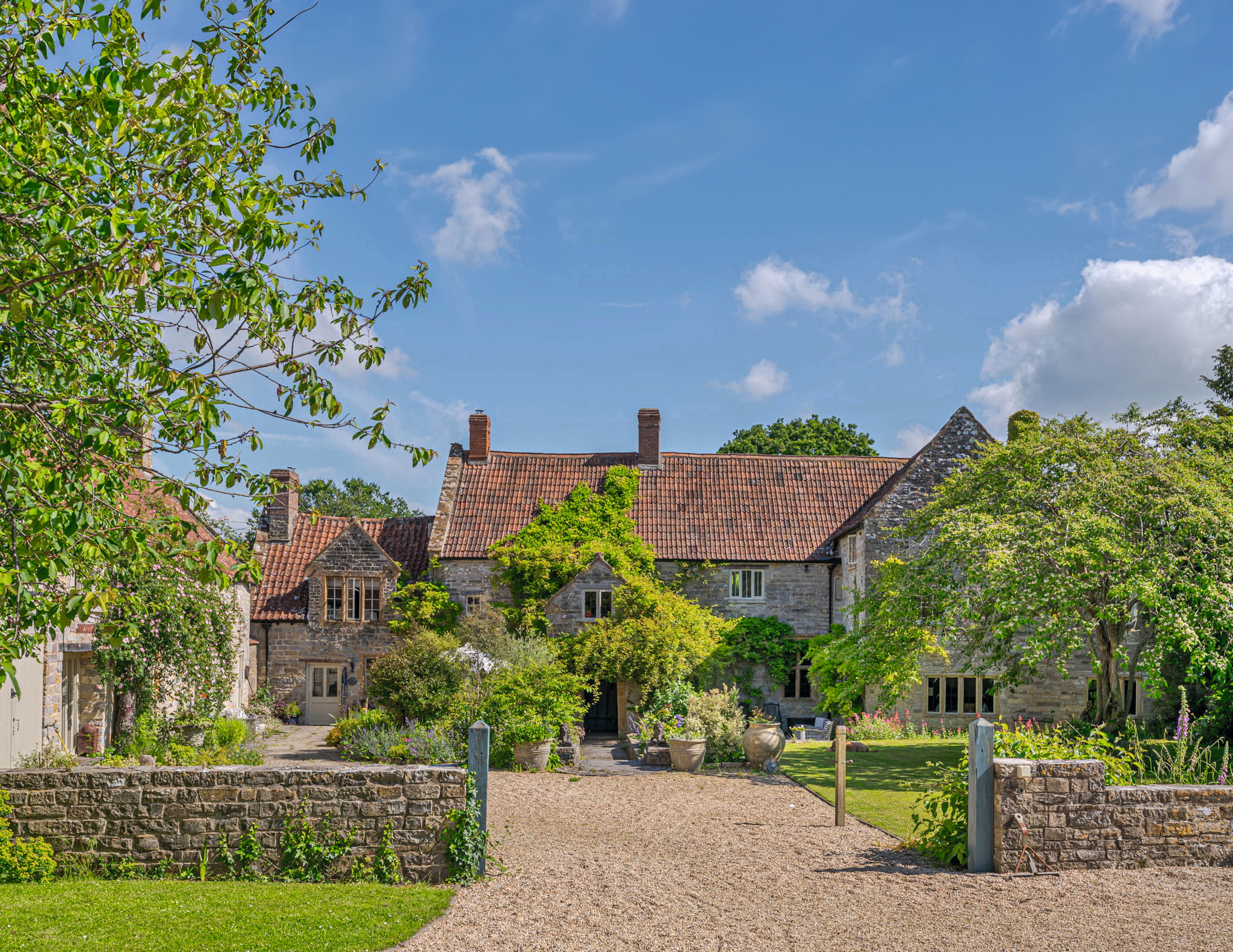 A Grade II*-listed country manor with one of the most beautiful drawing rooms in England
A Grade II*-listed country manor with one of the most beautiful drawing rooms in EnglandIf Old Manor Farm in Somerset is good enough for Pevsner, it's good enough for you.
By Penny Churchill Published
-
 An eight-bedroom home in Surrey where an army of robots will look after your lawns
An eight-bedroom home in Surrey where an army of robots will look after your lawnsDo not fear the bladed guardians of Monksfield House. They are here to help.
By James Fisher Published
-
 A French castle for sale on the banks of the Dordogne? With a swimming pool? Where do we sign?
A French castle for sale on the banks of the Dordogne? With a swimming pool? Where do we sign?This chateau in Lalinde is nothing short of a historical delight in the south of France. And it comes fully furnished.
By James Fisher Last updated
-
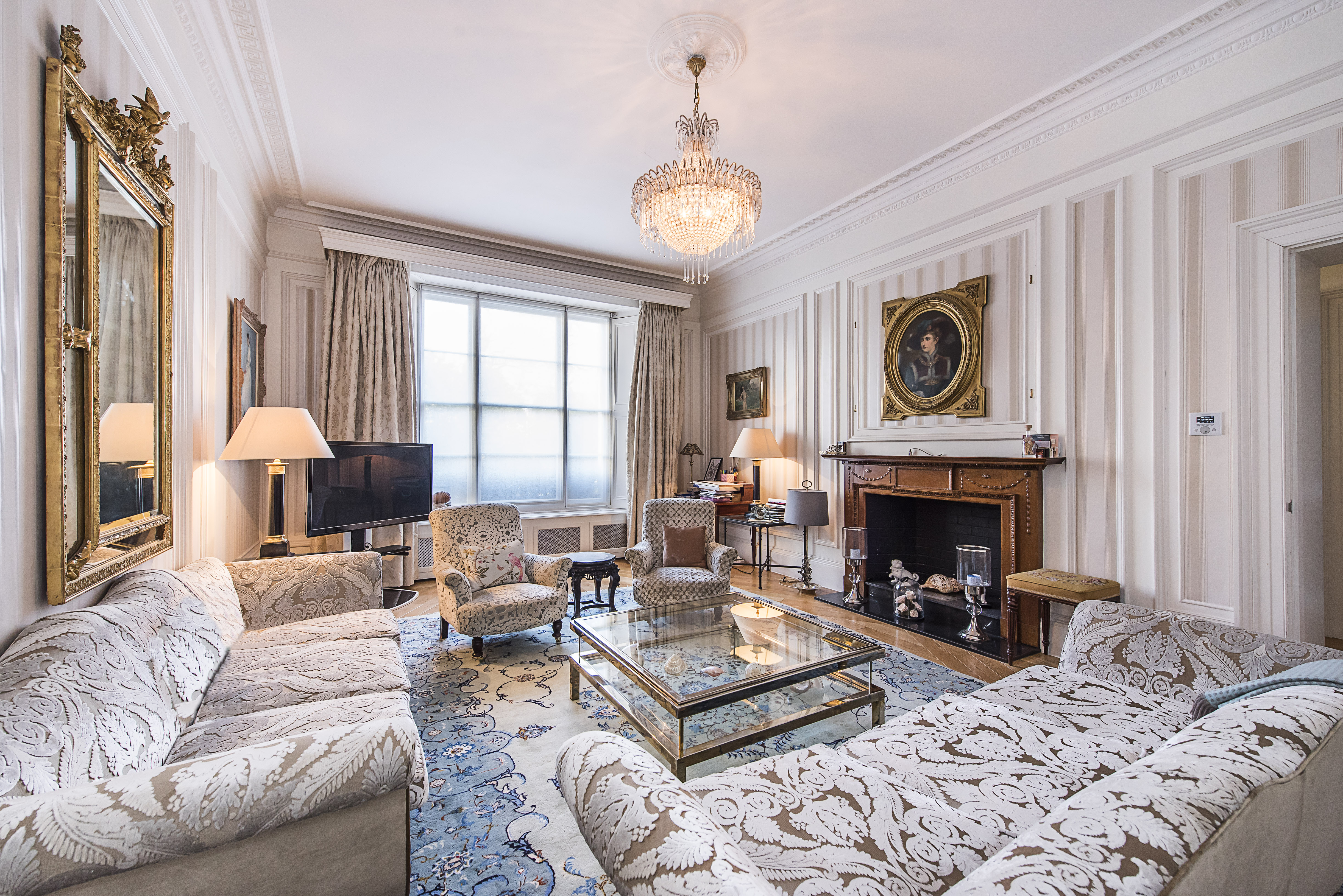 Sip your morning tea where Churchill once paced, as his former Pimlico home comes up for sale
Sip your morning tea where Churchill once paced, as his former Pimlico home comes up for saleThe five-bedroom flat in Eccleston Square offers ‘historical gravitas and modern comfort’ in a leafy pocket of London.
By Annabel Dixon Published
-
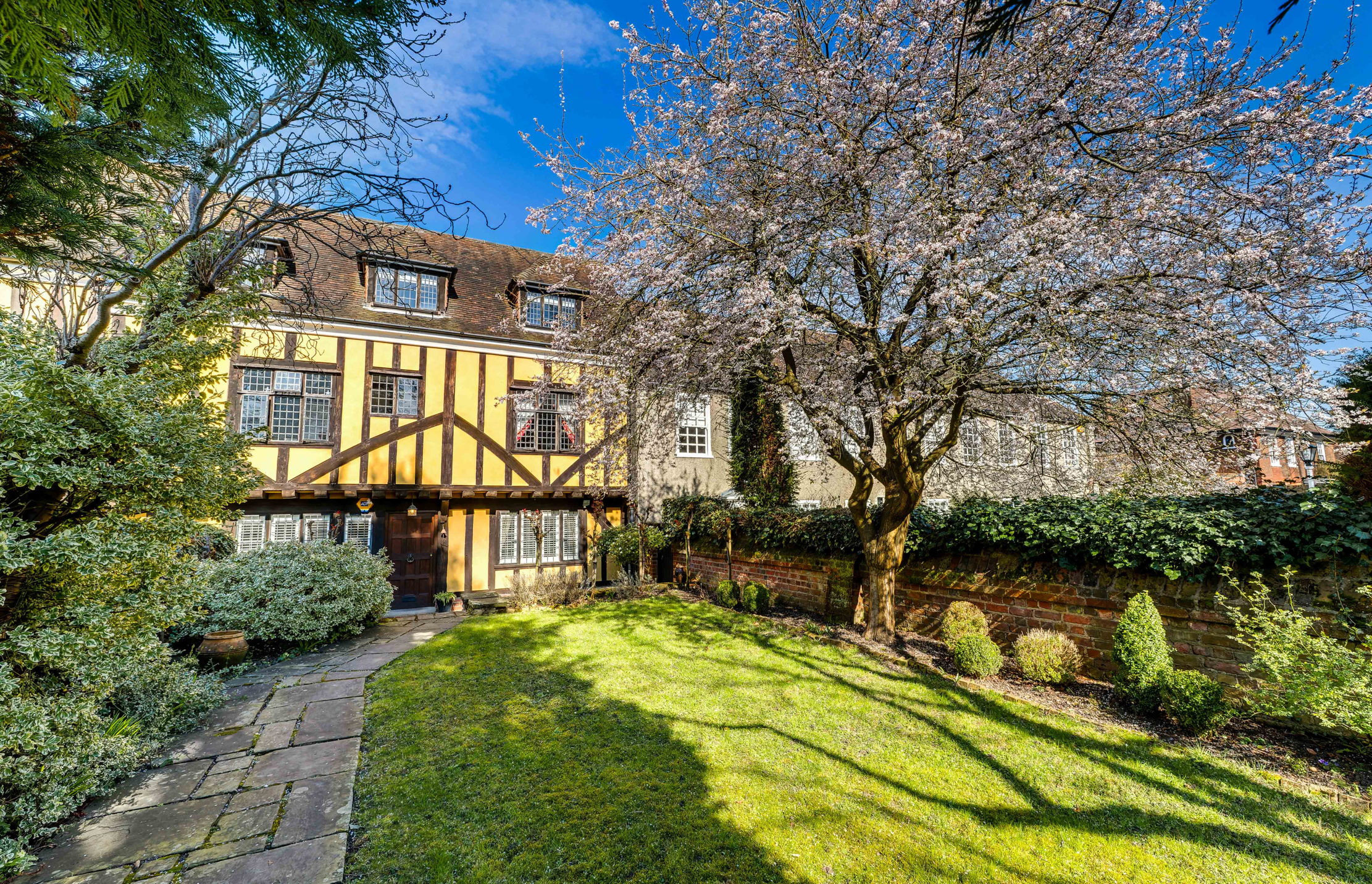 Live a life of Tudor fancy in this five-bedroom London home with links to Cardinal Wolsey and Henry VIII
Live a life of Tudor fancy in this five-bedroom London home with links to Cardinal Wolsey and Henry VIIIFans of Wolf Hall rejoice, as a rare chance to own a Tudor home inside the M25 comes to market.
By James Fisher Published
-
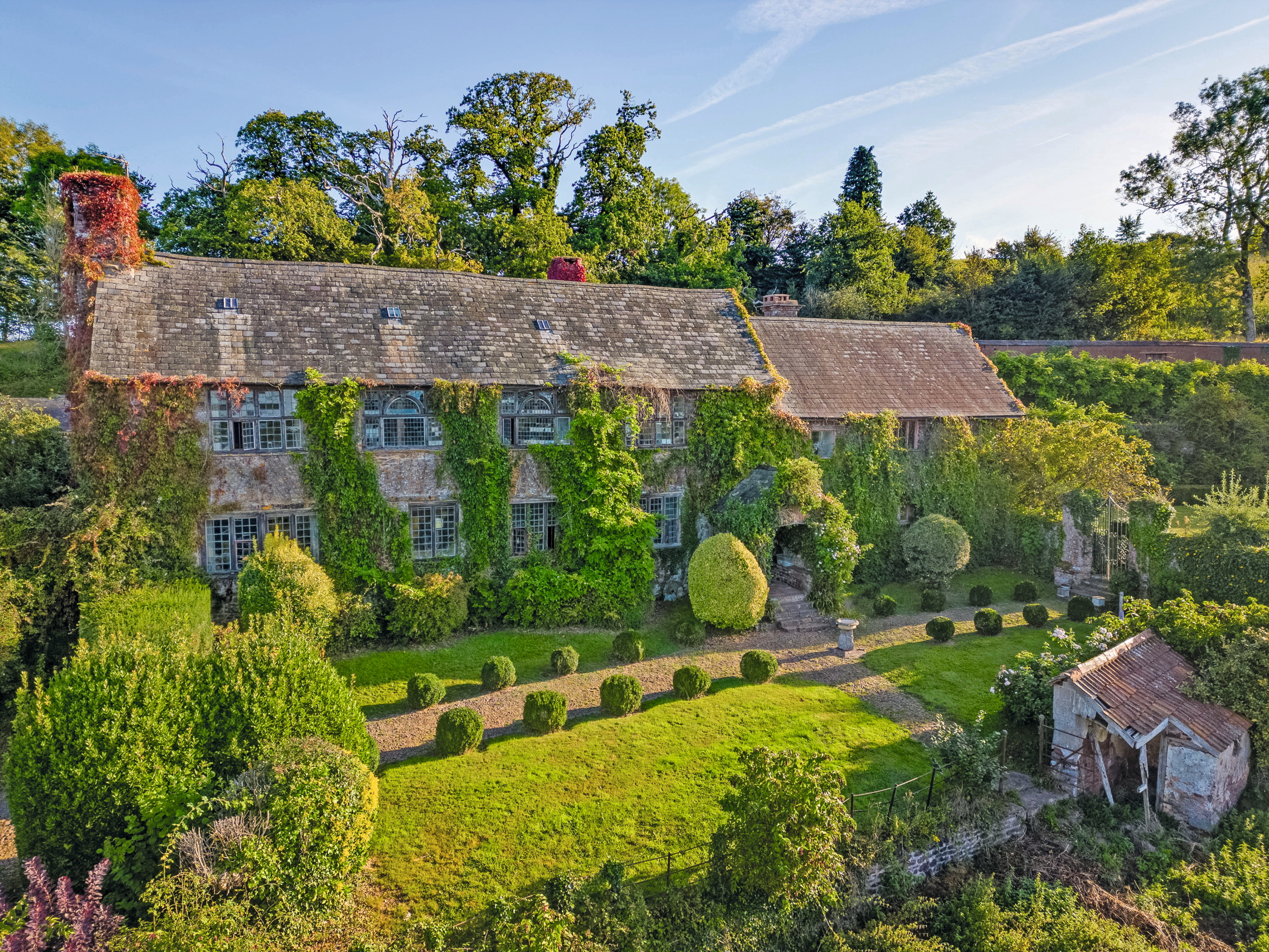 Murder, intrigue and 'the magic of a bygone era' at this eight-bedroom home set in 25 acres of Devon countryside
Murder, intrigue and 'the magic of a bygone era' at this eight-bedroom home set in 25 acres of Devon countrysideUpcott Barton is a family home steeped in history and comes with more than 5,000sq ft of living space.
By Penny Churchill Published
